P. Stamatopoulos
Using Synchronic and Diachronic Relations for Summarizing Multiple Documents Describing Evolving Events
Oct 18, 2007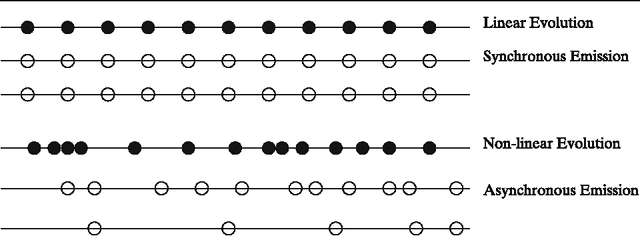
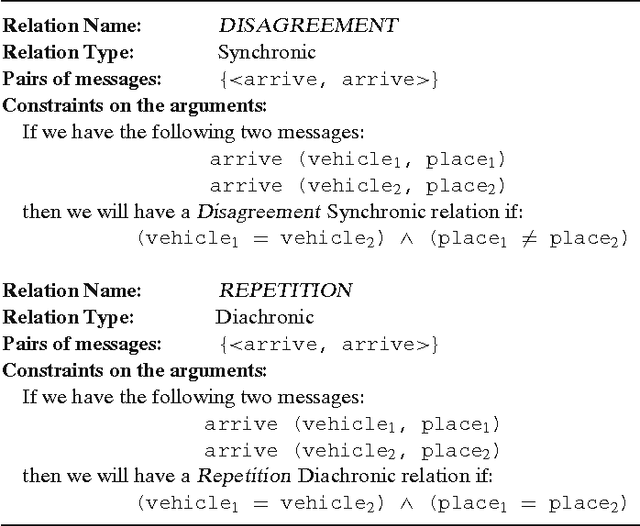
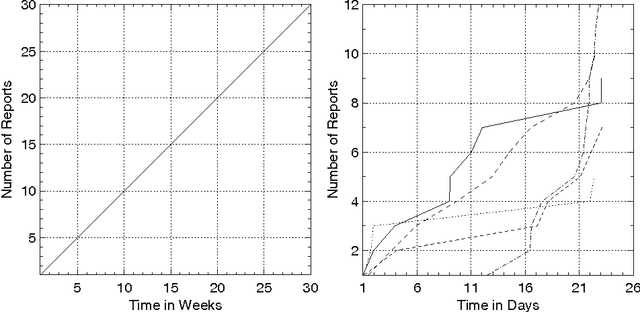

Abstract:In this paper we present a fresh look at the problem of summarizing evolving events from multiple sources. After a discussion concerning the nature of evolving events we introduce a distinction between linearly and non-linearly evolving events. We present then a general methodology for the automatic creation of summaries from evolving events. At its heart lie the notions of Synchronic and Diachronic cross-document Relations (SDRs), whose aim is the identification of similarities and differences between sources, from a synchronical and diachronical perspective. SDRs do not connect documents or textual elements found therein, but structures one might call messages. Applying this methodology will yield a set of messages and relations, SDRs, connecting them, that is a graph which we call grid. We will show how such a grid can be considered as the starting point of a Natural Language Generation System. The methodology is evaluated in two case-studies, one for linearly evolving events (descriptions of football matches) and another one for non-linearly evolving events (terrorist incidents involving hostages). In both cases we evaluate the results produced by our computational systems.
Stacking classifiers for anti-spam filtering of e-mail
Jun 19, 2001

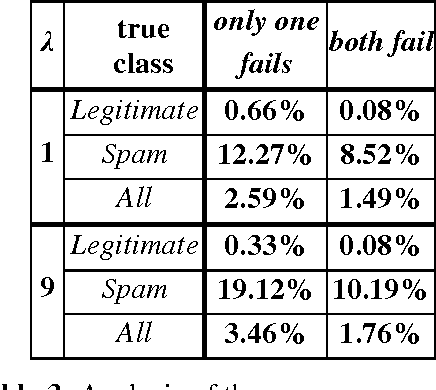
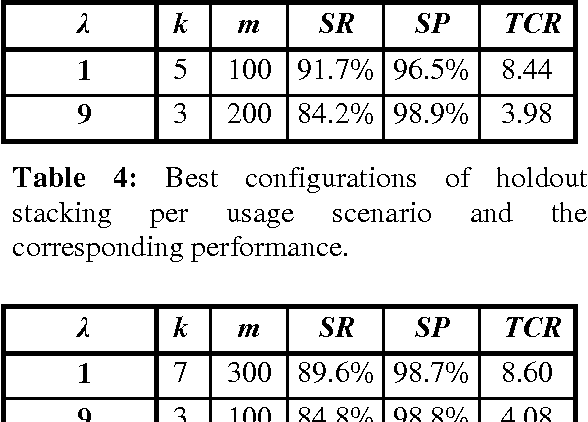
Abstract:We evaluate empirically a scheme for combining classifiers, known as stacked generalization, in the context of anti-spam filtering, a novel cost-sensitive application of text categorization. Unsolicited commercial e-mail, or "spam", floods mailboxes, causing frustration, wasting bandwidth, and exposing minors to unsuitable content. Using a public corpus, we show that stacking can improve the efficiency of automatically induced anti-spam filters, and that such filters can be used in real-life applications.
 Add to Chrome
Add to Chrome Add to Firefox
Add to Firefox Add to Edge
Add to Edge